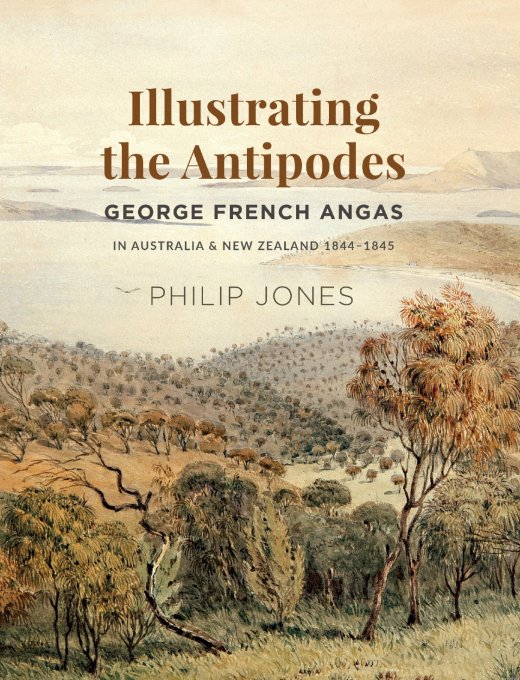
George French Angas (1822-1886) spent 18 months sketching and observing in Australia and New Zealand between 1844 and 1845. It was a period of decisive and irreversible cultural change. The young Angas excelled at capturing the minute detail of plants and people, objects and landscapes, and rapidly assembled a portfolio of 250 fine watercolours.
In this fully illustrated volume, Philip Jones has used Angas's sketches, watercolours, lithographs and journal accounts to retrace his Antipodean journeys in vivid detail. Set in the context of his time, Angas emerges both as a brilliant artist and as a flawed Romantic idealist, rebelling against his father's mercantilism while entirely reliant upon the colonial project enabling him to depict early ways of life.
This publication has been generously supported by the South Australian Museum and the Gordon Darling Foundation.

About the author
Dr Philip Jones is a senior researcher at the South Australian Museum. He has researched and written about Australian colonial frontiers since the 1980s, when he joined the South Australian Museum as a curator focused upon Indigenous Australian material culture.
In 2009, Jones undertook a fellowship at the National Library of Australian, where he researched Angas's works. His lifelong passion has culminated in this epic tale of George French Angas's life.
Ochre and Rust, Jones's 2007 book of essays on museum objects and the Australian frontier, won the inaugural Prime Minister’s Literary Award for non-fiction.